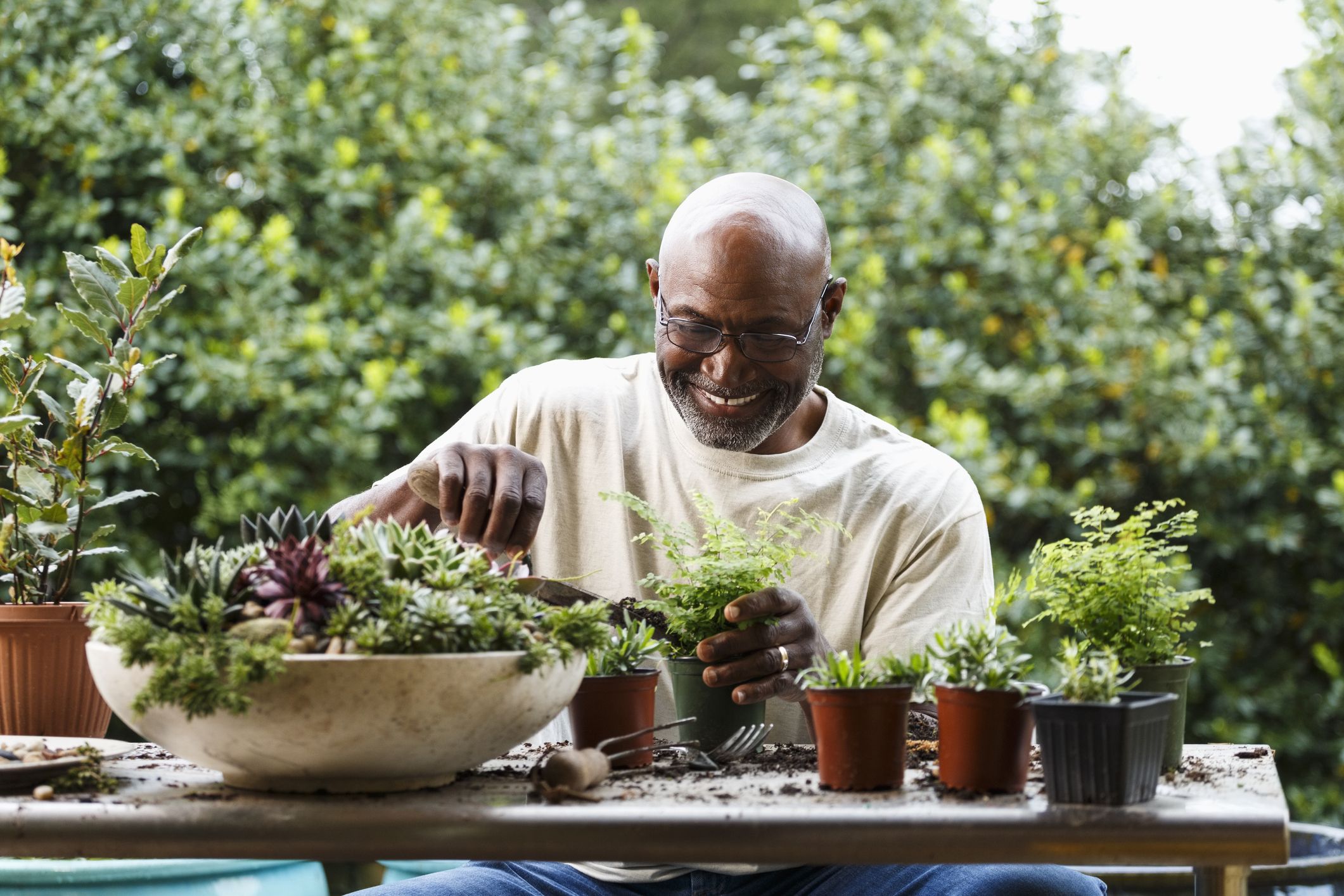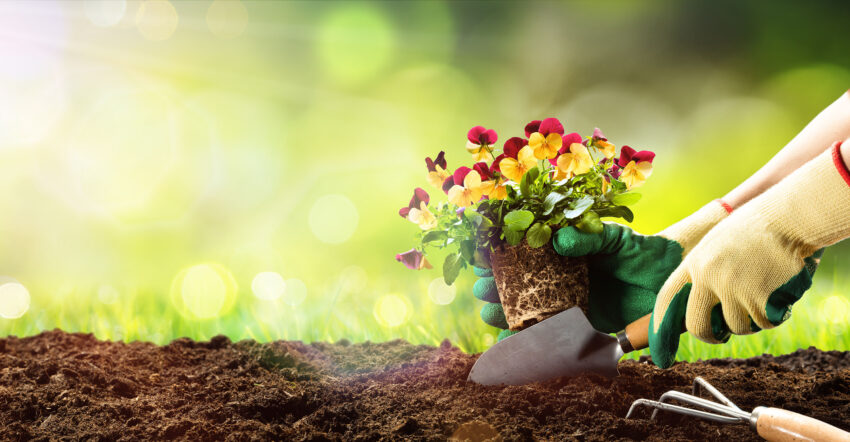In a world where pollinator populations are facing alarming declines, creating a haven for bees, butterflies and other essential pollinating creatures has become a crucial mission for gardeners and environmental enthusiasts alike. Pollinators play a fundamental role in our ecosystems, facilitating the reproduction of flowering plants and ensuring the production of fruits, vegetables and nuts that make up a significant portion of our diets. Designing a pollinator-friendly garden involves a thoughtful approach that goes beyond aesthetics. It begins with the selection of native plants, as they have evolved alongside local pollinators and offers the most suitable sources of nectar and pollen. These plants not only provide essential nourishment but also offer a familiar environment for pollinators to thrive. A diverse array of flowers that bloom throughout the growing season ensures a continuous food source, which is particularly crucial during periods when natural forage is scarce.

Creating habitats that cater to the specific needs of various pollinators is another cornerstone of a successful pollinator garden. Bees, for example, require nesting sites, which can be provided through the inclusion of dead wood, hollow stems and undisturbed soil patches. Butterflies, on the other hand, benefit from larval host plants – plants that caterpillar stages feed on – in addition to nectar-rich blooms. Incorporating water features such as shallow dishes with stones offers essential hydration for these insects. Avoiding pesticide use is a key principle of pollinator gardening. Pesticides, even those labeled as bee-friendly, can still have detrimental effects on pollinators and other non-target species. Embracing natural pest control methods why not try here such as introducing beneficial insects like ladybugs or practicing companion planting, can help maintain a healthy garden without compromising pollinator well-being.
Education and awareness are essential components of a pollinator garden’s impact. Sharing the journey of transforming a space into a haven for these vital creatures can inspire neighbors, friends and communities to follow suit. Workshops, signage and online resources can help spread knowledge about the significance of pollinators and the steps individuals can take to support them. In conclusion, a garden designed to attract and support pollinators is not only a picturesque retreat but also a meaningful contribution to the environment. By embracing native plants, creating diverse habitats, avoiding pesticides and fostering awareness, gardeners can play a pivotal role in the conservation of these essential creatures. The buzz of bees and the flutter of butterflies in a thriving pollinator garden serve as a reminder of the intricate interdependence of all living beings and the collective effort needed to protect the natural world that sustains us all.




